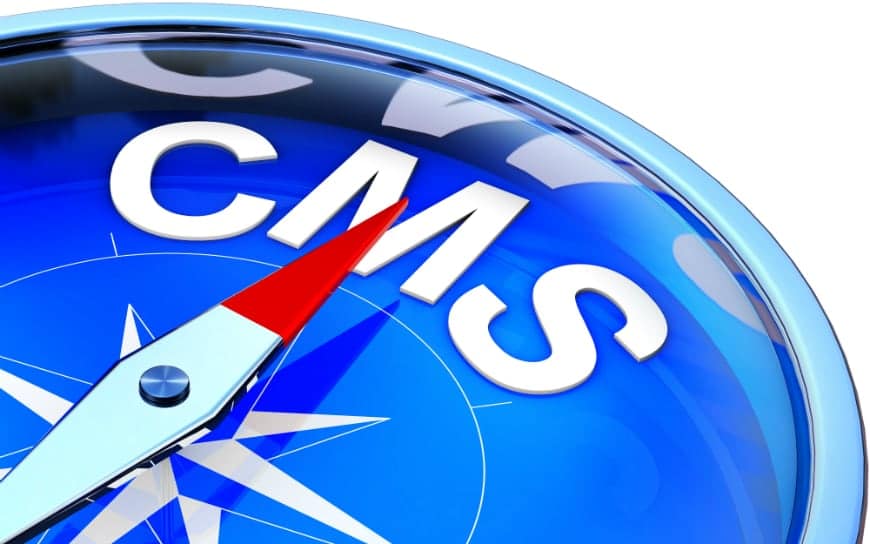
Federal Regulations
Specific Questions Related to Federal Nursing Home Regulations
Also refer to our Regulatory Tips & Resources page.
Feeding Assistants
Where can I find the feeding assistant's rule? I am very interested, as I have been trying to get more people involved in the meal services, and this may be the way I can do this. Any related articles/websites etc. on the passing of the rule would be gratefully appreciated.
F Tag 811 of the CMS State Operations Manual outlines guidelines for paid feeding assistants. Each state must determine if it will follow the federal rule as written, or if it will adjust it (add, not take away) for the state, so check with your administrator for your state’s guidelines. Federal surveyors will determine noncompliance in any of the following cases: The feeding assistant has not completed a state-approved training program or is not properly supervised. The facility has not selected an appropriate resident to receive paid feeding assistance; and/or has not maintained records indicating all paid feeding assistants have completed a training course.
Meal Times
Is there a reference that spells out appropriate spacing of meals in LTC? Could you tell me what the requirements are currently for spacing of the evening meal and the next day's breakfast in long term care? My understanding was that it cannot exceed 14 hours unless there is a bedtime snack offered, in which case it could be 15 hours. Is this correct?
F809 of the CMS State Operations Manual Appendix PP – Guidance to Surveyors for Long Term Care Facilities states that each resident receives and the facility provides at least three meals daily, at regular times comparable to normal mealtimes in the community. There must be no more than 14 hours between a substantial evening meal and breakfast the following day except as When a nourishing snack is provided at bedtime, up to 16 (not 15) hours may elapse between a substantial evening meal and breakfast the next day if a resident group agrees to this meal span. Nourishing snack means items from the basic food groups, either, singly or in combination with each other. Adequacy of the nourishing snack will be determined both by resident interviews and by evaluation of the overall nutritional status of residents in the facility. You may also want to check your state regulations because some states provide more specific information.
My personal recommendation would be to offer a snack from at least 2 food groups and preferably one that provides some protein, for example: half sandwich with juice or milk, cereal with milk, a milkshake or milk with oatmeal cookies. It really comes down to what your residents want and whether or not they are satisfied with what you offer. So it’s always best to discuss this with your residents and provide a choice of HS snacks if possible. If the residents complain to a surveyor or if a surveyor finds that your facility has issues with weight loss, then they may investigate further. You also want to be sure that you have a written policy to explain your procedures if your meal times do not meet the 14 hour rule – and what you are providing as the “nourishing HS snack” to be sure you are complying with the regulation.
Our Policy & Procedure Manual has a specific “Meal Times and Frequency” policy and procedure that covers this.
Menu Guidelines
I am revising the menus for a nursing home but the director did not give me any guidelines to go by. Does anyone here know where I can find the guidelines for therapeutic menus for a nursing home?
The CMS State Operations Manual Appendix PP – Guidance to Surveyors for Long Term Care Facilities outlines guidelines for menus and nutritional adequacy. F803 provides the guidance you need to plan menus using established national guidelines. F808 outlines guidelines for therapeutic diets.
Survey Preparation
I have been asked to go into a long term care facility to help them prepare for the state survey. There are two dietitians who are not registered and have no clinical manager. What are the basic things I should be looking for with clinical documentation? Are there any other things I should be focusing on?
It will be important to know the federal and state regulations for Nursing Homes. The CMS State Operations Manual Appendix PP – Guidance to Surveyors for Long Term Care Facilities will help with the federal regulations and will give you the F Tags for federal guidelines as well as the Investigative protocols for the survey process. In addition, each state has their own regulations for compliance. If you are auditing the clinical component only, you will need a list of the residents at nutrition risk in the facility including those with significant weight changes, pressure injuries, dialysis, and enteral feedings – they should be a major part of your review. The facility Quality Indicators, roster matrix, menu and spreadsheets will be valuable tools for you to review prior to your arrival. Things the facility and clinical staff should have in place are outlined below.
- Comprehensive and individualized nutrition assessment based on identified nutrition and hydration risk factors.
- Correct estimates for calories, protein and fluids needs, re-evaluated upon each nutritionally significant occurrence (for example, if a pressure ulcer developed, the needs should be re-calculated to promote healing).
- Appropriate nutritional interventions in place to meet goals of care.
- For residents on tube feeding, the tube feeding formula and water flushes should meet estimated needs.
- Information about whether residents/patients consume meals and/or accept oral nutritional supplements.
- Accurate information on the MDS, section K.
- Care Area Assessments (CAAs) that are written appropriately.
- Resident Care Plan that gives a clear picture of current nutritional status and is updated as needed to reflect current nutritional problems and goals of care.
- Nutrition care professionals that are following standards of professional practice and providing care that meets the standard of professional care.
- Monitoring and evaluation is in place; for example if an intervention is recommended, does the nutrition care professional follow up to make sure it was implemented? Are high-risk residents (tube feeders, pressure injuries, dialysis, for example) followed routinely?
- Clinical documentation that is clear, concise, and reflect the patient’s preferences, desires, and input into the plan of care.
Finding Regulations
I consult at a small nursing home in Wisconsin. This week the administrator told me a surveyor was in to review a non-food service issue. The surveyor stated to the administrator that there are new food service regulations regarding glove use and hand washing and also new regulations regarding the use of their chemical dish machine. Where would I go to get more information on these issues?
The federal Food Code typically drives CMS changes in regulations. There was an update to the Food Code in 2017, however, there have not been any significant changes recently to the CMS nursing home regulations – tag 812 or the CMS State Operations Manual that I know of. The federal Food Code also drives changes to the state food codes. So my guess is that either your state food code or your state nursing home/residential care regulations changed. Check your state food code by doing a Google search on your state name plus “food code”. Or you can try your state department of health to see if your state nursing home or residential care regulations have changed.
Revised January 14, 2022. Originally published 2018.
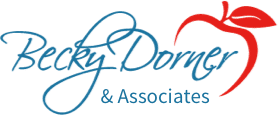
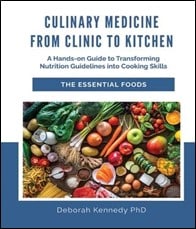
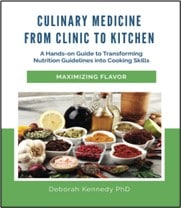
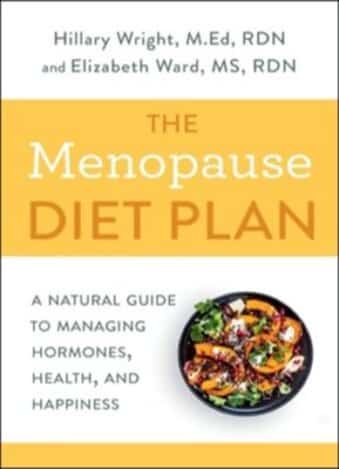



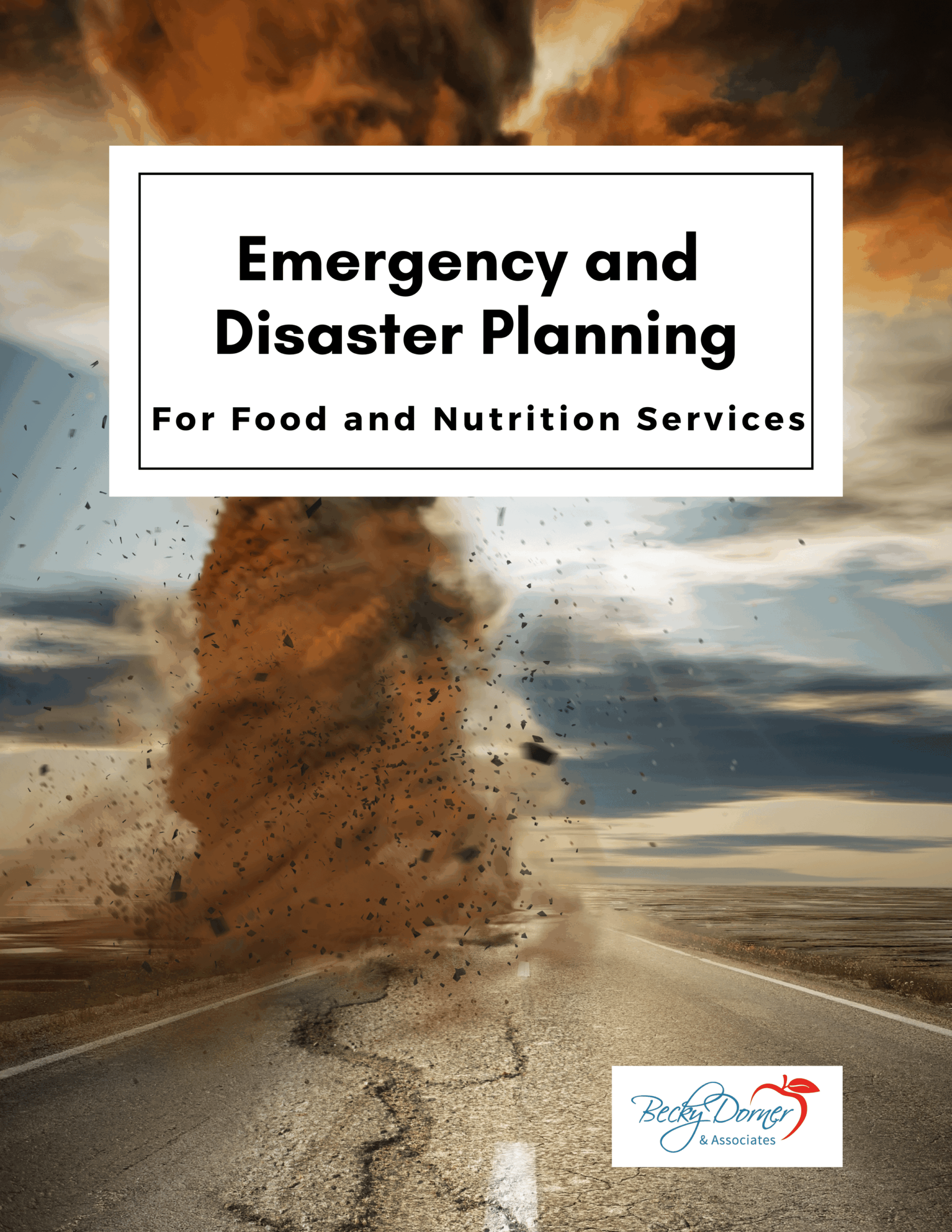
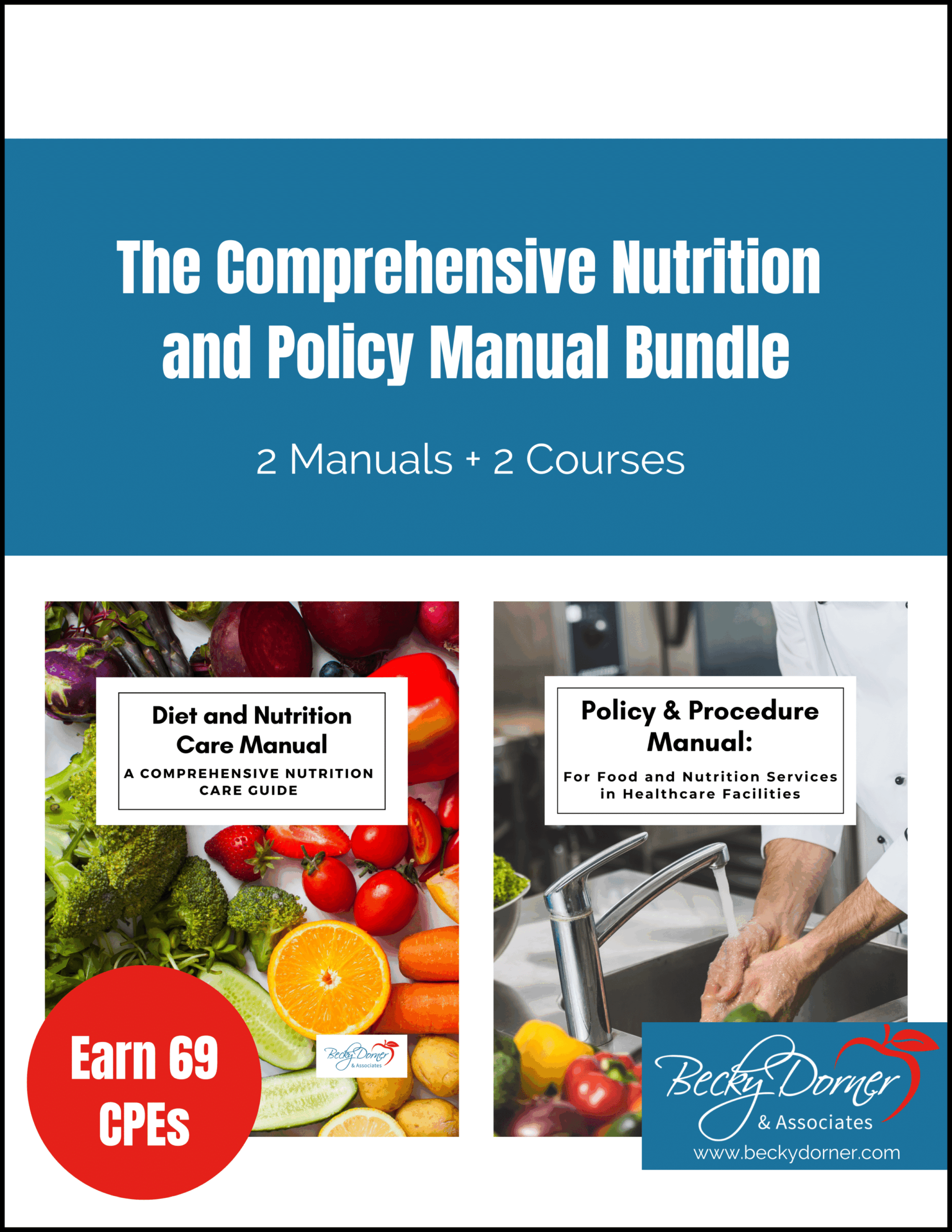
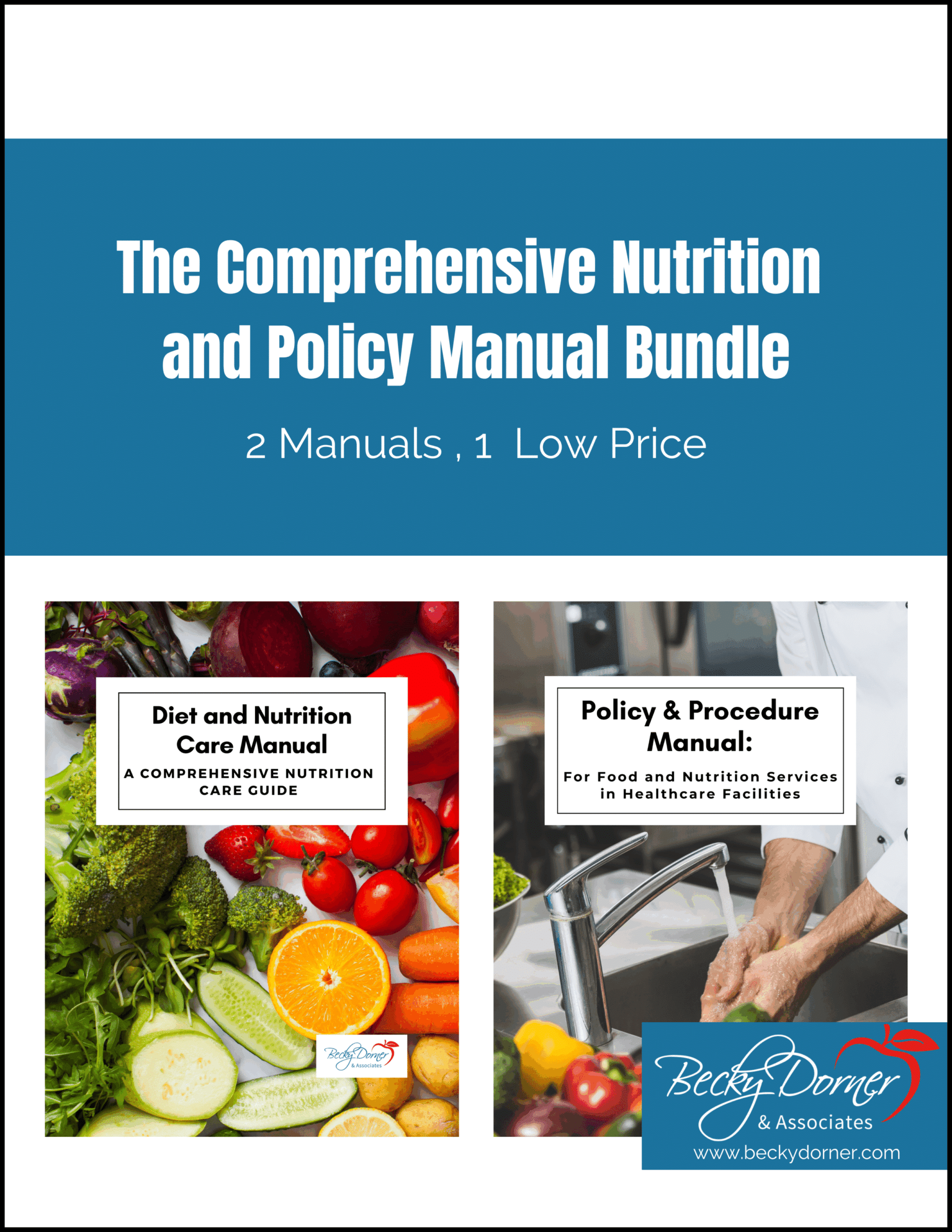


These questions relate to the state-run facility in California I work at with 150 SNF Residents and 50 RCFE Residents.
1. We have a 5-week cycle menu that we are updating as it has been in place since 2019. We have extensions for puree, No Added Salt, CCD, Simplified Renal, Mechanical Soft (chopped and finely) and Vegetarian). On our Renal, we have on one day Apple juice for breakfast and dinner and applesauce also at dinner. Our Residents can choose to have another item from Always Available and we have a variety of Sugar free Waters for Renal. Our Food & Nutrition Dept was called out today for possibly causing “menu fatigue” for this one days repetition of apple. Our Deputy Admin. asked if this is something we are likely to receive a deficiency on…do you know? or can you steer me to something that tells me this?
2. We were also called out for adding a lemon wedge and tartar sauce to our grilled salmon lunch as the items were not on the ticket. However, going with person-centered approach, when Resident asks for these items, we direct our staff to provide them. We consider them condiments. The tartar sauce does not include mayonnaise and there are no allergies in the home for these items.
3. Finally, our Always Available menu includes cold and grilled sandwiches with the choice of about five bread options, five cheese options, six meat options and also tuna and egg salads. We have a recipe for: 2 pieces of bread, 3 oz of meat, 1 oz of cheese but not a recipe for every combination possible of bread, meat, cheese, grilled or cold, etc. That would be very labor-intensive! Is there a reg we are breaking here by only publishing one recipe? We consider the bread and cheese choices as Resident preference. We would have to limit our AA Menu if we did need to provide separate ones for each and that seems like a bigger detriment than publishing just one recipe.
Please note that we are not familiar with the California State regulations but are familiar with the CMS guidelines for LTC facilities. I am not sure if the 50 RCFE Residents that you mentioned are regulated by CMS’s guidelines or those of another agency. Also when you mention being “called out” I am not sure if the concerns came from regulatory agencies, patients, families or staff. Please note that I am responding as a clinician in another state, in facilities regulated by CMS, and my responses are based on that knowledge and expertise.
1. In my experience, surveyors do not really address concerns with the menus unless residents complain about them, so in my opinion the chances of this being an issue on survey are likely minimal. As you know, many fruits and vegetables are high in potassium, so apple juice and apple sauce are often “go to” fruits for those diets. With that being said, in the spirit of meeting residents’ nutritional needs and increasing variety in your menus, I suggest you consider moving toward a more liberal renal diet (especially for older adults in your SNF) that allow more variety. Many facilities do this and monitor serum potassium and phosphorous levels and adjust a resident’s meal plan as needed based on those results.
2. In my experience, many tray ticket programs have limited space and don’t allow for condiments to be listed. I agree that lemon wedges and tartar sauce are condiments that should be given, especially when requested and if they fit the diet order, even if they are not on the ticket. And again, in my experience, if a surveyor questions, responding that you provide them items without putting them on the ticket is an appropriate answer that would be accepted by most surveyors.
3. In my experience the way you are managing your sandwiches and their recipes is appropriate. I would hope that any regulatory agency would be delighted to see the variety you offer, using a basic combination of breads, meat, and cheeses that will all result in similar nutrient profiles.
I hope that helps answer your questions. Please note that I cannot be certain that a California regulation and/or survey team may take a more rigid stance than I am suggesting. I recommend that you consult with a colleague in your state that has more knowledge of the survey process in California.
What is the F tag associated with emergency menu protocol?
I pulled this from our Emergency/Disaster Plan for Food and Nutrition Services Manual which is currently in revision (planning publication in 2024). CMS State Operations Manual F922 states: “The facility must establish procedures to ensure that water is available to essential areas when there is a loss of normal water supply; the facility should have a written procedure which defines the source of water when there is a loss of normal water supply, including provisions for storing the water, both potable and nonpotable, a method for distributing the water and a method for estimating the volume of water required.”
In 2017, CMS issued a Final Rule on emergency preparedness that applies to Medicare and Medicaid certified facilities, including skilled nursing facilities. The Rule establishes national emergency preparedness requirements for participating providers and certified suppliers to plan adequately for both natural and man-made disasters, and coordinate with federal, state, tribal, regional and local emergency preparedness systems. The Rule has been updated several times since it was put in place and now includes emerging infectious diseases. Appendix Z- Emergency Preparedness for All Provider and Certified Supplier Types Interpretive Guidance (Rev. 204, Issued: 04-16-21) provides guidance for emergency preparedness. It can be accessed at https://www.cms.gov/regulations-and-guidance/guidance/manuals/downloads/som107ap_z_emergprep.pdf (Appendix Z).